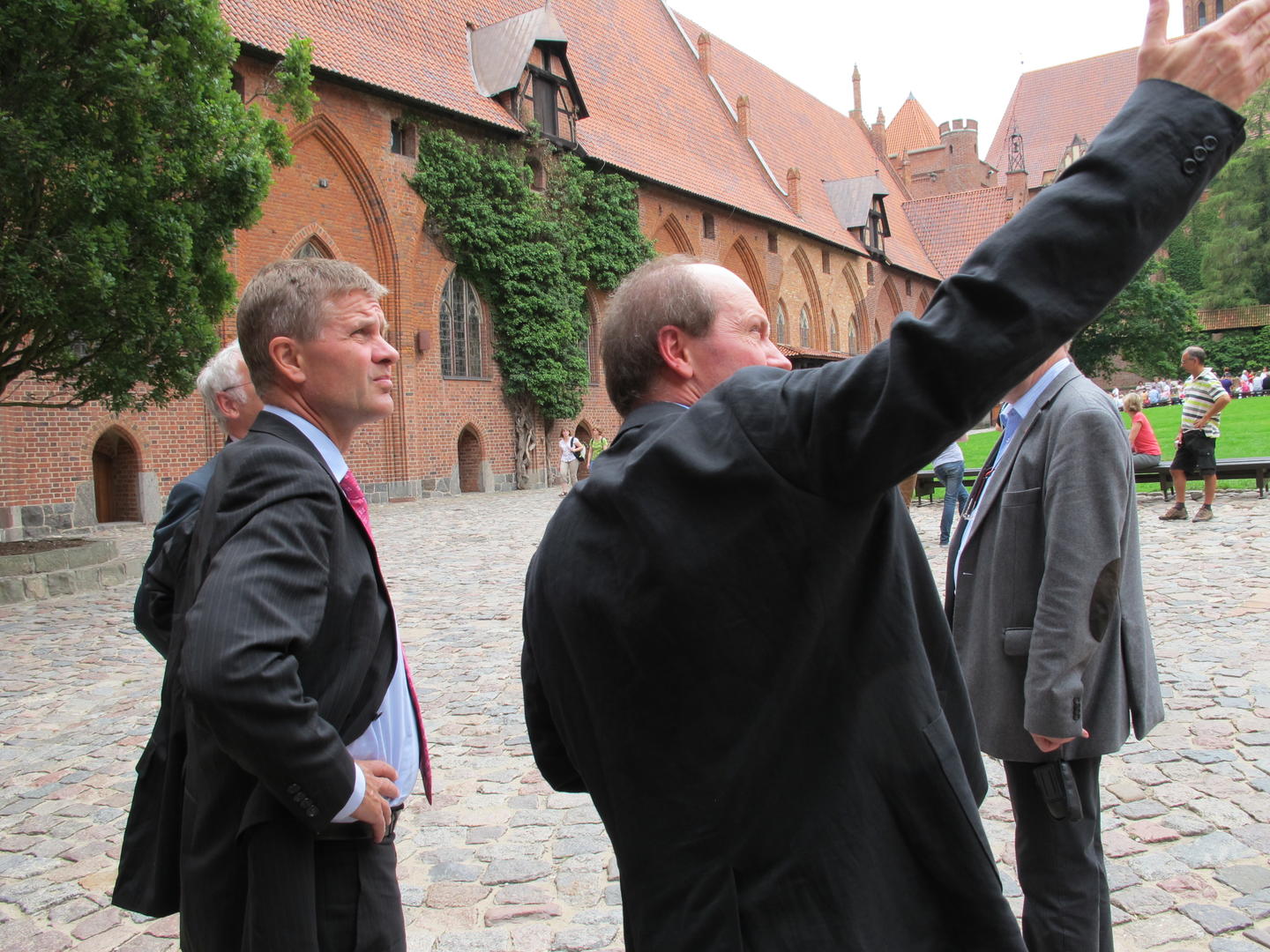Solheim participates in an informal meeting of European environment ministers in Sopot 11 and 12 July and has used the opportunity to visit some of the many EEA and Norway Grants projects in the tri-city area.
In the municipality of Dzierzgon, measures to improve energy efficiency have been carried out in public buildings, including several schools. In addition, solar collectors have been installed to heat water in around 300 households. Solheim visited the family in one of these households.
"It is great to be able to see such concrete results of this work. This city has suffered from very poor air quality, partly due to inhabitants having to burn waste to heat water. With solar collectors in place, this problem is solved," says Solheim.
Energy saving and renewable energy
The environmental sector received the largest share of support to Poland in the period 2004-09, with more than a fifth of the funding. Half of this, around 50 million euro, were given in support to 89 projects related to energy saving and renewable energy. In the years to come, Norway will contribute to further reducing CO2-emissions, preserving biodiversity and contributing to improved environmental monitoring and control.
"Environmental issues know no borders, and I am glad to see that a large number of people benefit from efficient use of the EEA and Norway Grants in the newest EU member states," says Solheim.
The support to preservation of cultural heritage has also given good results. There has been extensive cooperation between Norwegian and Polish authorities and cultural institutions. Solheim saw the results of the renovation works at the Malbork castle, which is included on the UNESCO world heritage list and plays a special role in Polish and European cultural history. The project will have a positive effect on the region through an increase in tourism, leading again to a boost in local economy and cultural activities.
Photos: Gard Nybro-Nielsen, The Norwegian Ministry of the Environment

